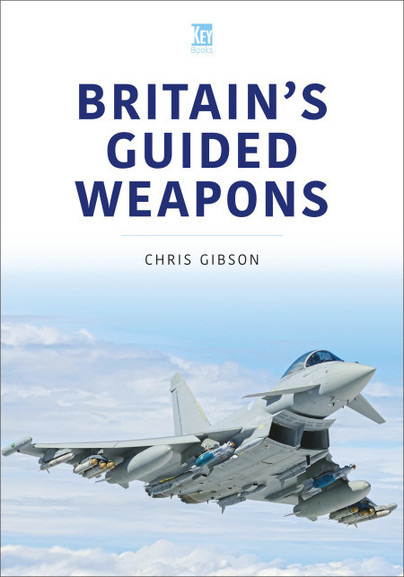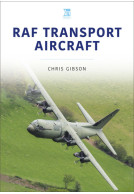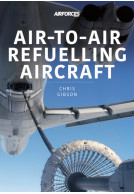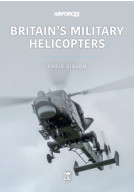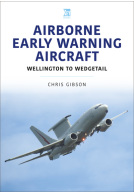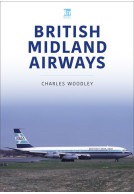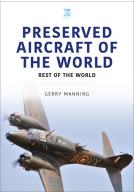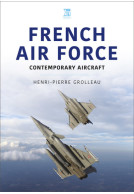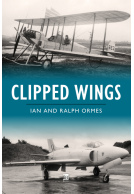Britain's Guided Weapons (Paperback)
(click here for international delivery rates)
Order within the next 8 hours, 42 minutes to get your order processed the next working day!
Need a currency converter? Check XE.com for live rates
Britain has been at the forefront of weapons technology since the industrial revolution began and, with the Brennan wire-guided torpedo, pioneered guided weapons. World War One saw several developments, but it was during World War Two that Britain’s scientists laid the foundations for a guided weapons industry that continues to this day. Ultimately, the early guided weapons gave Britain’s armed forces valuable experience in operating the weapons. Sea Vixens, Javelins and Lightnings were armed with Firestreak and Red Top, while Vulcans and Victors carried Blue Steel, the UK’s nuclear deterrent. The Army fielded weapons such as Thunderbird, Rapier, Corporal and Lance. Navy submarines carried Polaris and Trident, while surface ships had Sea Dart, Sea Wolf, Exocet and Harpoon. From this solid foundation, the aerospace companies merged and collaborated, with lessons learned from the earlier weapons paving the way for a new generation of weapons: Skyflash, Meteor, ASRAAM, Brimstone and Storm Shadow arm the Tornado, Typhoon and Lightning; Sea Viper and Sea Ceptor protect the Navy; and Sky Sword defends the Army. With over 140 images, this book relates the history of these weapons and how Britain operates some of the finest guided weapons available today.
"Chris Gibson provides a well-rounded narrative, this is an invaluable “one-stop shop” on this little-covered subject."
The Aviation Historian - Issue No 44
Well illustrated throughout, and the photos with more information in the captions. I liked this one, interesting text and photos of some of the lesser well known items as well.
Military Model Scene
Read the Full Review Here
If one wants a succinct handbook to Britain guided weapons this work, is it.
Martin Willoughby, The Wessex Branch of the Western Front Association
With some 140 images supporting a very readable narrative Chris Gibson has shown how Britain remains at the forefront of guided missile technology employing some of the best systems available today.
About Chris Gibson
Educated at Auchinleck Academy in Ayrshire, Chris Gibson read Geology and Mineralogy at University of Aberdeen, graduating with Honours in 1984. Chris has worked in the oil exploration industry since 1985. In 1978, his interest in aircraft took Chris into the Royal Observer Corps where he represented his Group, Area and country in aircraft recognition competitions between 1980 and 1991. On the standing down of the ROC in 1991, Chris began researching historical aviation and has written several books on unbuilt projects — particularly guided weapons — airborne early warning, and military helicopters. An Affiliate Member of the Royal Aeronautical Society and member of the RAF Historical Society, Chris lives in the North East of England.







